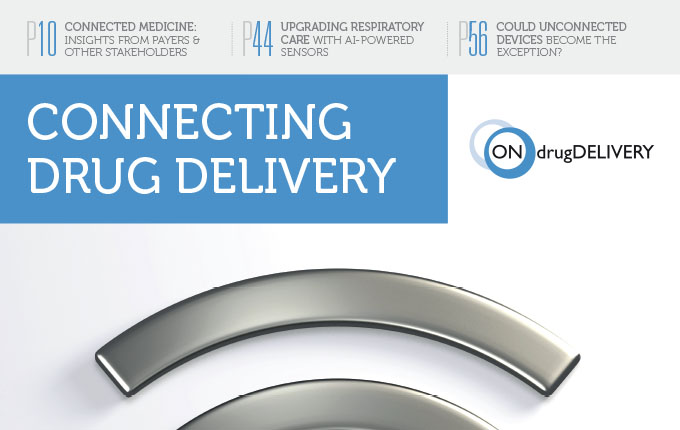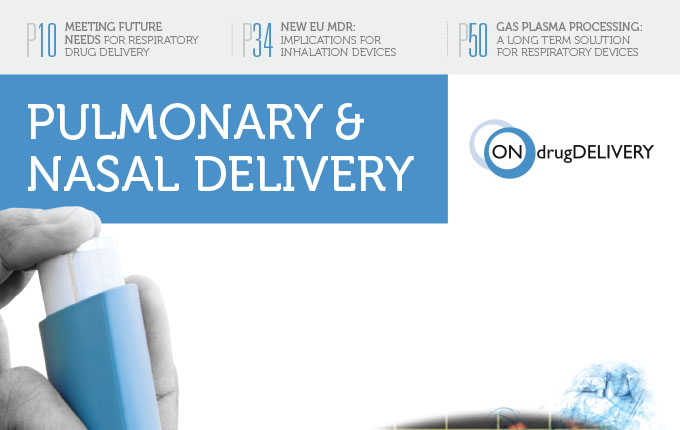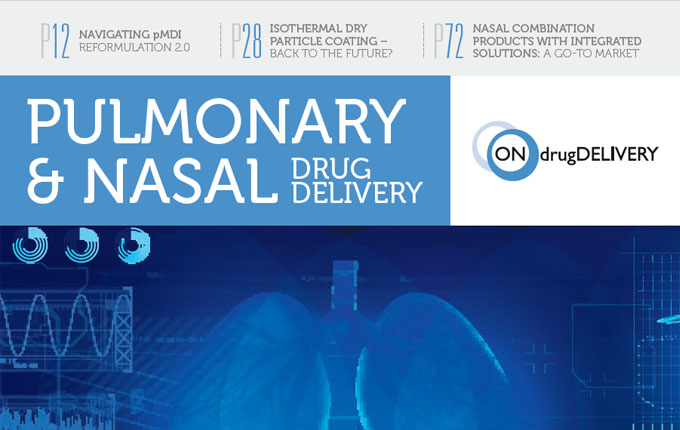The development of intranasal vaccines is a promising area of research, with potential implications for the management of various respiratory illnesses. The field is evolving rapidly, and ongoing research and development will be essential to realize the full potential of nasal vaccines.
The use of intranasal vaccines has been gaining popularity due to their ease of administration and the lack of need for needles. This makes them a practical option for mass immunization campaigns and for people who have a fear of needles. Additionally, intranasal vaccines can stimulate both mucosal and systemic immunity, providing a broader and more robust immune response.
The COVID-19 pandemic rekindled interest in intranasal vaccine development, as nasal vaccines are seen as logical for pathogens that enter through the nose. Intranasal vaccines could be an efficient long-term solution for managing the SARS-CoV-2 virus. Several intranasal vaccines have already been approved for use, and many more are in development. The attractions of intranasal vaccination are not limited to COVID-19 but also extend to other indications such as respiratory syncytial virus (RSV).
However, for the safe and effective delivery of intranasal vaccines, certain requirements must be met. This includes optimizing the formulation of the vaccine to ensure stability and potency, choosing the appropriate delivery system, and ensuring the drug delivery system and performance meet regulatory requirements.
Intranasal vaccines can be formulated as either a liquid or powder, depending on the vaccine’s properties and stability. The choice of drug delivery system is also critical, with various options available, including nasal spray pumps and nasal powder technologies.
Aptar Pharma offers cutting-edge solutions and end-to-end support services to support commercialization of new nasal vaccine projects, including expertise in nasal formulation, product development and nasal drug delivery systems, allowing for a streamlined and efficient vaccine development process.
This article reviews the potential of intranasal vaccination as well as some of the development challenges involved.
Learn more about Aptar Pharma Expertise
in Nasal Drug Delivery
This Might Also Be of Interest

Connected Medicine: Insights from Payers and Other Stakeholders
Publications, Pharmaceutical, Brand Differentiation, Product Solutions, Innovation & Insights, Drug Delivery Innovations

A track record of success for nasal drug delivery in drug repurposing
Publications, Pharmaceutical, Innovation & Insights, Drug Delivery Innovations, Brand Differentiation, Product Solutions

The Nasal Drug Delivery Journey: from Systemic to Nose-to-Brain?
Webinars, Pharmaceutical, Market Insights, Product Solutions, Innovation & Insights, Drug Delivery Innovations
Using multi-dose nasal spray pumps for intranasal drug delivery
Publications, Pharmaceutical, Innovation & Insights, Drug Delivery Innovations, Product Solutions

